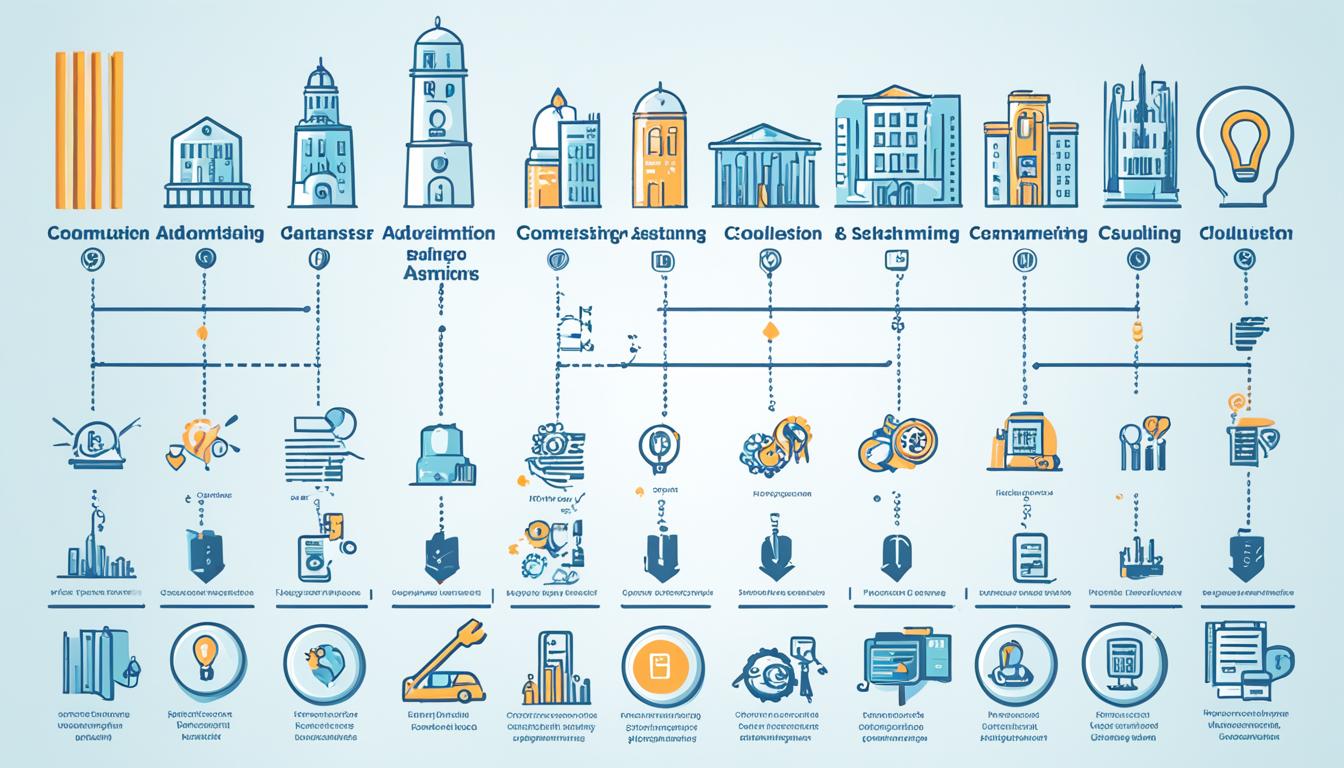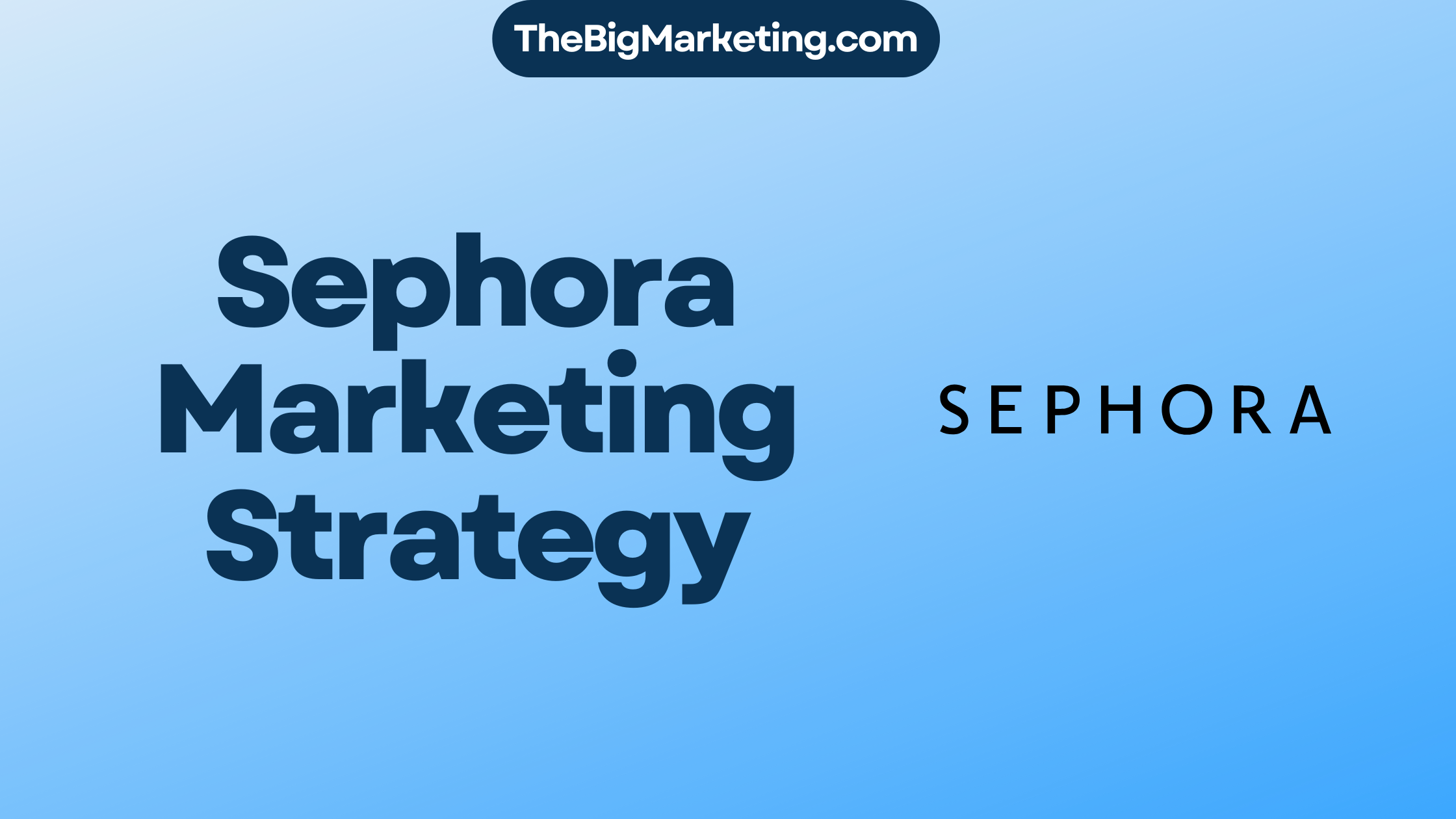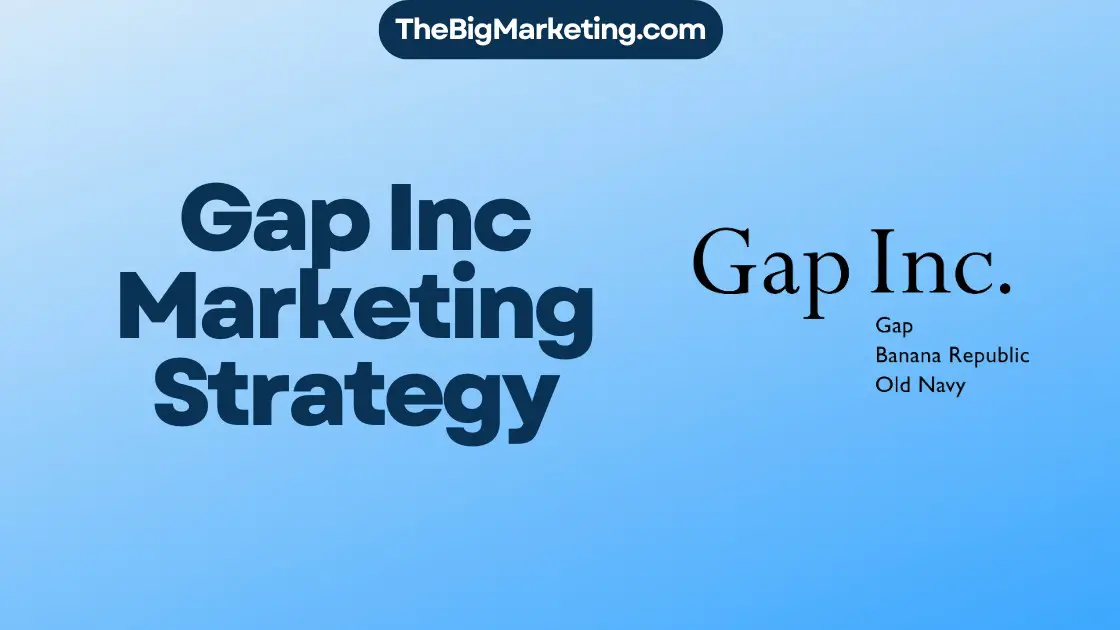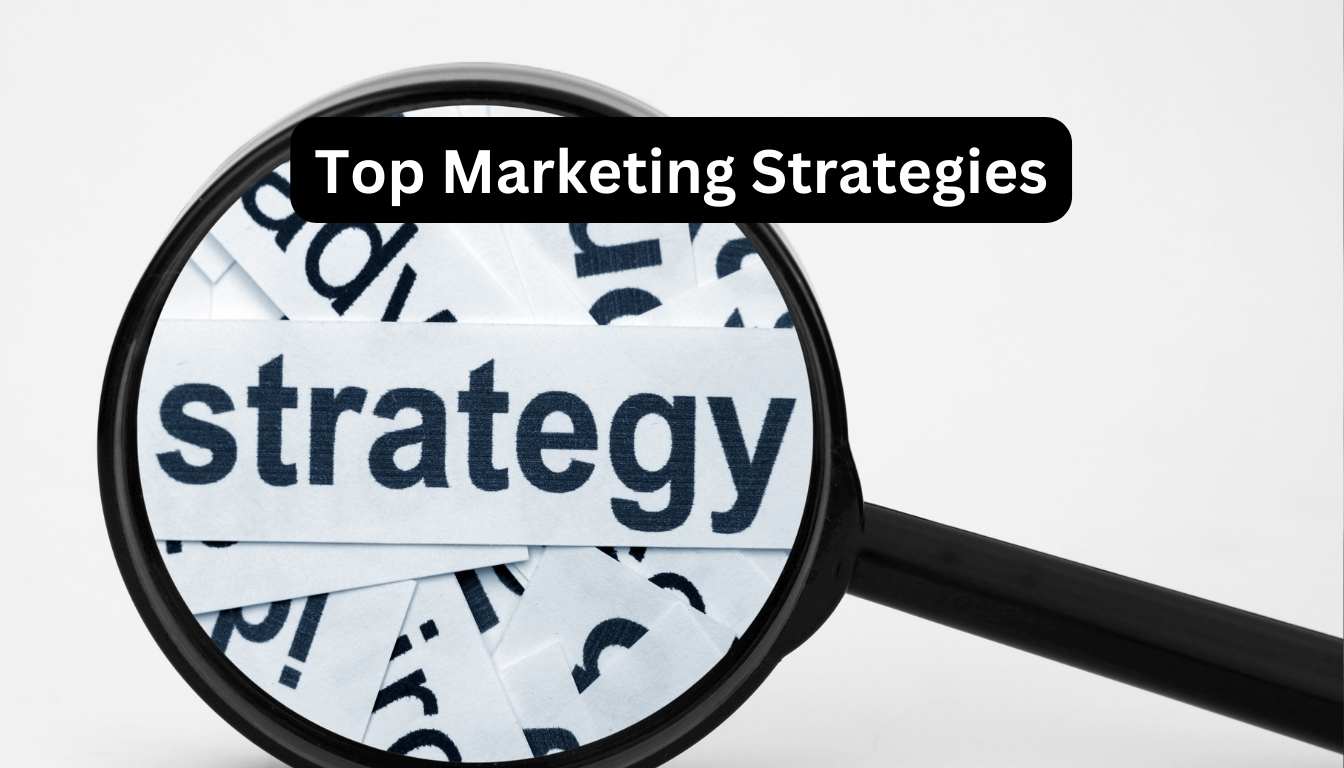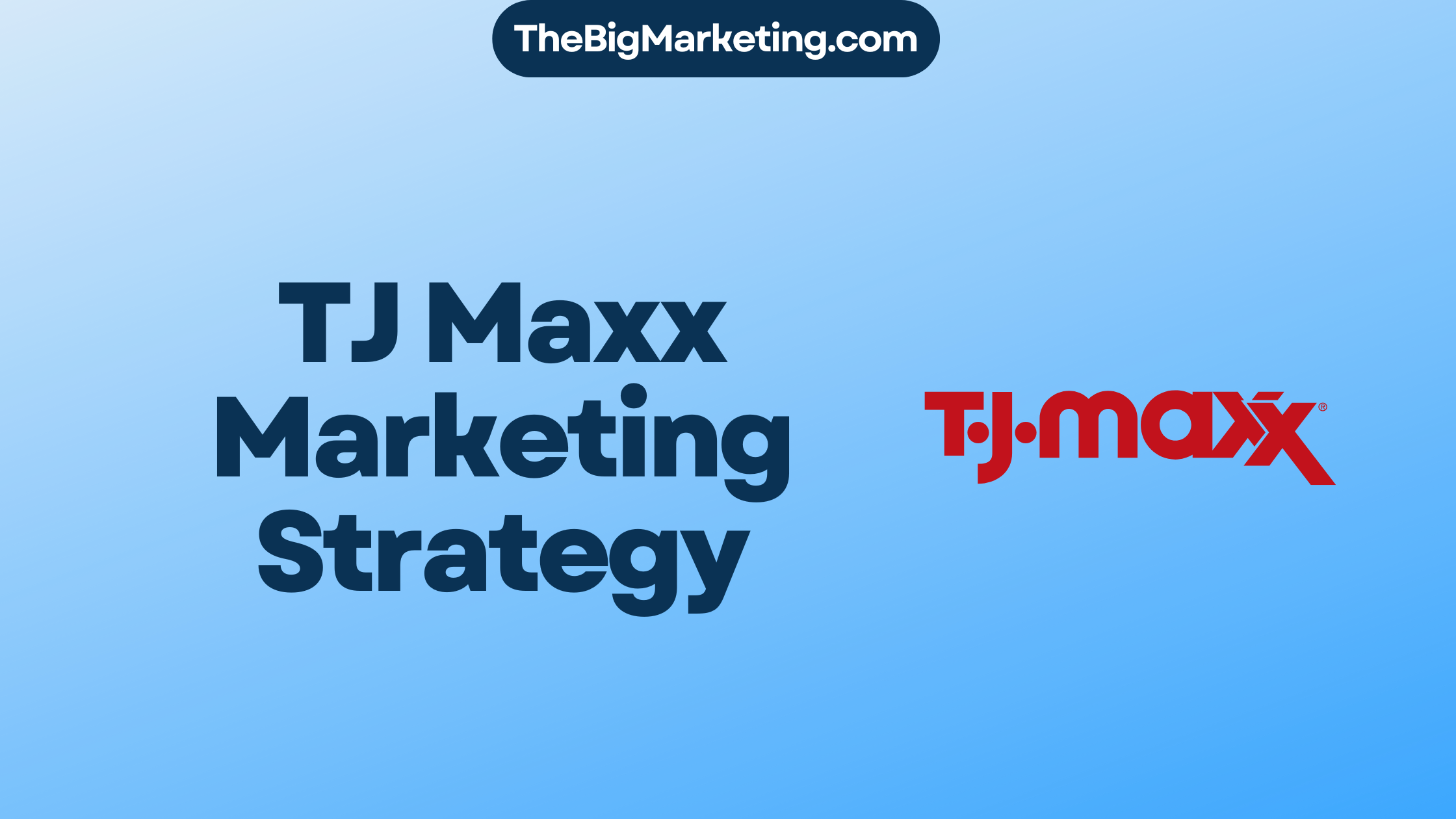Adobe leads in software for creating and sharing content. It is known worldwide for managing customer experiences. With its strong marketing strategy, Adobe offers top-notch digital marketing solutions via Adobe Marketing Cloud. This set of tools, like Adobe Experience Manager, helps businesses make powerful marketing campaigns across different channels.
Adobe’s strategy focuses on segmentation, targeting, and positioning. They know what their audience wants and needs. This allows Adobe to create marketing campaigns that increase engagement and lead to more conversions. Strategies in social media, SEO, and influencer marketing are key in making Adobe more visible and reaching more people.
Adobe also uses its well-known brand and invests in content marketing. This gives their audience useful information and insights. Their work to optimize how they convert visitors to customers makes for a better user experience. This leads to gaining and keeping more customers.
Next, we will dive into Adobe’s marketing approaches in detail. We’ll look at their focus on design, buying smart products, content marketing, SEO, and holding virtual events. By studying Adobe’s strategy, we hope to understand their success in the fast-paced world of digital marketing.
Key Takeaways:
- Adobe’s marketing strategy revolves around segmentation, targeting, and positioning.
- They utilize social media marketing, SEO strategies, and influencer marketing to expand their market reach.
- Investing in content marketing and conversion rate optimization enhances the user experience and drives higher conversions.
- Smart product acquisitions enable Adobe to provide a comprehensive suite of tools and services.
- Virtual events and online marketing efforts have become a vital part of Adobe’s strategy, showcasing their adaptability to changing market dynamics.
About Adobe – Company Overview
Adobe Inc. is well-known for its content creation and publication software. It is based in San Jose, California. The company began in 1982, thanks to John Warnock and Charles Geschke. These founders have changed digital design and illustration with their incredible software.
The launch of Adobe Illustrator in 1987 marked a major shift in the industry. This showed Adobe’s power in revolutionizing design.
Adobe leads in software creation by focusing on excellence and innovation. They empower professionals to bring their creative visions to life. This has enabled the creation of amazing digital content.
| Key Details | |
|---|---|
| Company Name | Adobe Inc. |
| Headquarters | San Jose, California |
| Founders | John Warnock, Charles Geschke |
| Specialty | Software applications for content creation and publication |
Marketing Strategy of Adobe
Adobe is a top software company. It uses a deep marketing strategy to stand out in the software industry. They focus on things like targeting the right market, making their brand stand out, being different from others, creating marketing campaigns, using social media and SEO, working with influencers, and having strong e-commerce strategies.
Market Segmentation and Target Audience
Adobe knows it’s key to divide its target market into smaller groups. They look at things like age, what people buy, and other traits. Using tools like PRIZM, Adobe finds and focuses on specific customers, meeting their unique needs and wants.
Brand Positioning and Product Differentiation
Adobe works to make its brand recognized worldwide. It aims to be the leader in digital marketing and managing customer experiences. By doing this and making its products stand out, Adobe becomes the first choice for those needing creative software.
Marketing Campaigns and Social Media Marketing
Adobe’s marketing campaigns work well in promoting its products. They use social media like Instagram, Facebook, LinkedIn, and Twitter. By being active on these sites and applying smart strategies, Adobe reaches more people and interacts with them effectively.
SEO Strategies and Influencer Marketing
To get more people visiting their site, Adobe uses SEO strategies. They make sure their offerings are easy to find online with the right keywords. Also, Adobe teams up with popular artists to get the word out about their software, reaching fans everywhere.
E-commerce Strategies
Adobe’s e-commerce methods are key to their marketing. They make buying their products easy and user-friendly. By selling directly on their website, Adobe keeps the shopping experience smooth for customers. This helps Adobe keep a consistent brand experience.
Adobe’s marketing strategy involves targeting the right market, setting its brand apart, differentiating its products, running effective campaigns, engaging through social media, using SEO, collaborating with influencers, and optimizing e-commerce. This full strategy helps Adobe lead in the software market.
| Key Elements of Adobe’s Marketing Strategy | Description |
|---|---|
| Market Segmentation | Dividing the target market into smaller segments based on similar attributes and buying behavior. |
| Brand Positioning | Creating a unique brand image in the competitive software industry. |
| Product Differentiation | Highlighting the unique features and benefits of Adobe’s products and services. |
| Marketing Campaigns | Running effective marketing campaigns to promote Adobe’s products and engage with the target audience. |
| Social Media Marketing | Utilizing popular social media platforms to maximize reach and engage with customers. |
| SEO Strategies | Implementing strategies to improve organic traffic and search engine rankings. |
| Influencer Marketing | Leveraging partnerships with artists and creators to promote Adobe’s software. |
| E-commerce Strategies | Selling Adobe’s products directly through their website, providing a seamless e-commerce experience. |
Beautiful Design and Good User Experience
Adobe focuses on stunning designs and smooth user experiences. Visit Adobe’s homepage to see attractive designs and clear messages. They aim to grab attention and show professionalism through their website’s design.
Adobe’s key strength is its clear messaging. They make sure the benefits of their products are easy to understand. This approach helps communicate what Adobe offers to its audience.
Adobe’s Creative Cloud is aimed at creatives like designers, photographers, and editors. It clearly shows how Adobe’s tools can improve your work. This makes it appealing to those in creative fields.
Adobe makes it easy to find pricing and FAQs on their site. This helps potential customers quickly get the info they need. Making informed decisions about Adobe’s products becomes simpler.
Benefits, Pricing, and FAQs
| Benefits of Adobe | Pricing | Frequently Asked Questions (FAQs) |
|---|---|---|
| 1. Wide range of industry-leading tools for design and creative work. | Individuals: $20.99/month Businesses: Custom pricing available |
1. How can I cancel my subscription? 2. Is there a free trial? 3. Can I use Adobe software on multiple devices? 4. What is Creative Cloud? |
| 2. Seamless integration between different Adobe software platforms. | Students and Teachers: $19.99/month Creative Cloud All Apps: $52.99/month |
5. Are Adobe updates included in the subscription? 6. Can I access my projects offline? 7. What are the system requirements for Adobe software? 8. Can I transfer my license to another computer? |
| 3. Regular updates and new features to stay at the cutting edge of design. | Photography Plan: $9.99/month Adobe Stock Plan: $29.99/month |
9. What payment methods are accepted? 10. Does Adobe offer any discounts or promotions? 11. Can I customize my subscription plan? 12. What support options are available? |
Adobe’s simple approach aids in making decisions easier for customers. By offering clear info and answering common questions, they ensure a smooth browsing experience. This supports Adobe’s effective conversion funnel.
Adobe’s dedication to beautiful design and clear communication shows their commitment. They focus on providing great user experiences through easy access to important information.
Smart Product Acquisitions
Adobe’s growth strategy is all about its products. They have also made some smart buys to add to what they already offer.
Acquiring Macromedia: Expanding the Creative Suite
Adobe bought Macromedia, their top rival at the time. This gave Adobe new tools like Dreamweaver and Flash. It made their Creative Suite even better.
Now, they could offer creatives everything they needed in one place. Adobe became the top name in design and development through this move.
Targeting CMOs with CMO.com
Adobe got CMO.com to reach out to Chief Marketing Officers. This site gives CMOs the latest insights and tips just for them.
CMO.com by Adobe is a place for valuable content and industry trends. It makes Adobe a trusted partner for marketing leaders.
Behance: Empowering Creatives and Building a Community
Adobe saw how important community is for creatives. So, they acquired Behance. It’s a place for artists to show off their work and connect.
Behance joined Adobe’s Creative Cloud, giving users a place to grow their portfolios. This made Adobe even more essential for creative pros.
Solving the Pain Point of Electronic Signatures with Adobe Sign
Adobe figured out people needed an easy way to sign documents electronically. They brought in Adobe Sign for this reason. It made signing PDFs online simple.
With Adobe Sign, Adobe now offers more ways to manage documents. This appeals to businesses, organizations, and anyone needing to sign documents online.
Through smart acquisitions like Macromedia, CMO.com, Behance, and Adobe Sign, Adobe has grown. These moves have made their software better and reached new users.
Adobe’s Content Marketing Strategy
Adobe, a top software firm, has a strong content marketing strategy. It targets businesses and creative professionals. A key part is BEHANCE. This platform lets users show off their work and interact with other creatives.
Adobe also has many blogs. These blogs offer helpful content and tutorials on their products, like Photoshop and Lightroom. They are great resources for professionals who want to learn more.
Adobe hosts conferences such as Adobe MAX and Adobe Summit. These events gather creative pros and digital marketers. They’re perfect for networking and learning new things.
Adobe’s full strategy involves talking to their main audience of professional designers and digital marketers. This strengthens their brand and shows their industry expertise.
BEHANCE: A Creative Hub for Professionals
BEHANCE is a big part of Adobe’s marketing. It lets designers showcase their work and meet others. The platform is easy to use and encourages sharing and teamwork.
Informative Blogs for Creative Insights
Adobe’s blogs offer lots of helpful information. They teach users how to use Adobe products better and boost their creativity. These blogs cover everything from tutorials to industry news. They make Adobe a go-to source for creative tips.
Conferences: The Gathering of Industry Experts
Adobe’s conferences, like Adobe MAX and Adobe Summit, are key for professionals. Attendees can learn, meet others, and get inspired. There are talks, panels, workshops, and demos. These give insights into the newest trends and what Adobe offers.
| Key Elements of Adobe’s Content Marketing Strategy |
|---|
| BEHANCE platform |
| Network of informative blogs |
| Conferences like Adobe MAX and Adobe Summit |
Adobe’s Conversion Rate Optimization (CRO)
Adobe focuses on improving conversions by optimizing its funnel. They have a clear pricing structure. This helps customers easily pick the right plan for them.
Adobe uses Call-to-Action (CTA) buttons smartly on their website. These CTAs guide users and encourage them to act. They help grab visitors’ attention and get them interested in Adobe’s products.
Adobe values personalizing content for their users. This approach makes users more likely to buy. They feel the content speaks directly to them.
Adobe might improve by using exit pop-ups. These can catch users leaving without buying. By offering deals or incentives, Adobe may make them stay and buy.
In summary, Adobe works to make user experiences better. They aim to provide personal touches and always look for ways to get better. Their goal is to grow their business and succeed.
Adobe’s SEO Game by the Numbers
Adobe is a giant in search engine optimization (SEO). It shines as a top website globally, thanks to its SEO. Let’s explore the key figures that show how Adobe wins in SEO.
Organic Keywords and Referring Domains
Adobe dominates in SEO with many organic keywords. These keywords attract lots of visitors, helping Adobe gain more visibility and customers. A strong number of referring domains backs this up. This boosts Adobe’s rankings on search engines.
Building Brand Queries
Adobe has worked hard on its brand, and it shows in SEO gains. More people now search for Adobe directly. This boost in brand searches is key for growing organically and strengthening Adobe’s SEO.
Impressive Traffic Value
The worth of Adobe’s website traffic proves their SEO success. Even with constant traffic and ranking, the traffic value is high. It shows their SEO strategy continues to attract quality visitors and customers effectively.
Adobe’s SEO strategy is a model of success. It boasts a high Ahrefs rank and lots of website visits. Adobe has great visibility in search results and a recognizable brand. These achievements underline Adobe’s efforts in staying a software leader.
Virtual Events and Online Marketing
Adobe had to switch their popular event, Adobe Summit, to an online format because of the pandemic. They quickly changed their marketing approach to reach more people around the world. This involved using online marketing more heavily.
Using social media was key for Adobe, particularly LinkedIn. They hosted their first LinkedIn Live stream. This let them show off their online event and new products to a global audience. This audience was excited to see Adobe’s digital marketing solutions.
Adobe’s move to online events got great feedback and lots of people participating. More people signed up, and online views and social impressions went up. This helped cement Adobe’s place as a top name in digital marketing.
Organic and Paid Social Efforts
Adobe’s marketing for their online Adobe Summit had many parts. It included both organic and paid efforts on social media. They used social media marketing to reach their target audience and get people excited about the event.
- Organic Social Efforts:
- Used their strong social media presence for free promotion of the event.
- Made engaging content about Adobe Summit to share.
- Got audience involvement with hashtags and contests.
- Paid Social Efforts:
- Ran ads on Facebook, Instagram, and LinkedIn to get more people.
- Paid promotions helped make the event more visible and get more sign-ups.
- They targeted their ads to specific groups they wanted to reach.
Their smart use of social media marketing helped make the virtual Adobe Summit bigger and better. It ensured that digital marketers and businesses worldwide knew about Adobe’s online event.
Adobe showed they’re committed to offering great digital marketing tools and experiences. This is especially important in our fast-changing world.
| Virtual Events and Online Marketing: Key Takeaways |
|---|
| Adobe needed to make their Summit virtual because of the pandemic. |
| They changed their marketing to reach more people online. |
| They used LinkedIn Live for the first time to talk about their online event and new products. |
| Moving to online events brought more sign-ups and attention to Adobe. |
| Adobe used free and paid social media to talk about their Adobe Summit. |
Audience Feedback and Future Planning
Adobe used their LinkedIn to collect feedback during and after the Adobe Summit. This feedback is helping them shape future events. They aim to make their virtual events better for everyone who attends.
A key insight from the feedback was that people prefer short, engaging videos. Adobe is now focusing on making their content concise and interesting. This approach aims to make every minute for the audience worthwhile.
Adobe is also working on personalizing content more, based on the feedback. Attendees like when recommendations fit their interests. Personalized content makes the experience more relevant and valuable for each person.
Live interaction is another area Adobe is improving. Attendees want more chances to engage during the events. By adding live Q&A, panel discussions, and workshops, Adobe aims to build a sense of community.
Sharing Insights and Best Practices
As an industry leader, Adobe shares what they’ve learned about virtual events. They use LinkedIn not just for feedback but also to share their knowledge. This helps Adobe and others improve.
Adobe posts tips and insights to help other companies with their virtual events. They share their successes and lessons learned. This helps other organizations adapt and succeed online.
Adobe has become a leader in virtual events by using feedback for future planning. By always improving and sharing what they learn, Adobe keeps providing great virtual experiences.
Conclusion
Adobe stands out as a top player in the software world. Their smart marketing strategies have really set them apart. They know their audience well and how to reach them.
This knowledge helps them beat competitors and stay relevant as the market changes. They use marketing campaigns and social media wisely. Adobe’s content creation also makes their products and services known to many.
Adobe also focuses on virtual events and online marketing. This has been a smart move for them. They use their strong brand to connect with people online, offering a great user experience.
The Adobe Summit is one good example of their success with virtual events. It shows they can keep up with the digital world’s changes.
Adobe’s story is a great lesson for other companies wanting to shine online. They mix clever strategies with deep audience insights. This makes them a leader in the market.
They keep improving their marketing tactics and using new tech. Adobe keeps raising the standards for digital marketing success.
